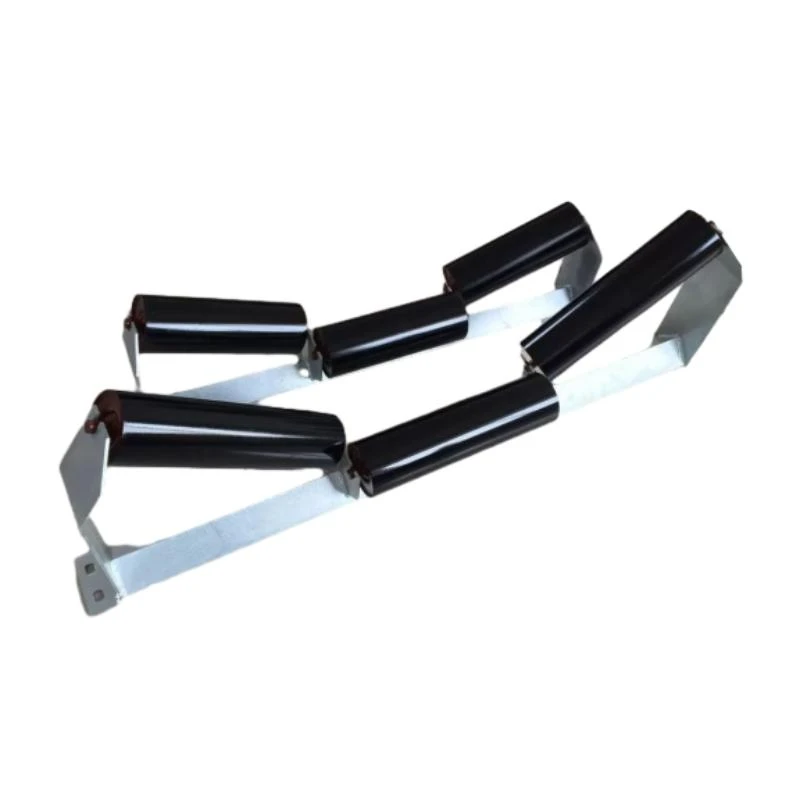 Afrikaans
Afrikaans  Albanian
Albanian  Amharic
Amharic  Arabic
Arabic  Armenian
Armenian  Azerbaijani
Azerbaijani  Basque
Basque  Belarusian
Belarusian  Bengali
Bengali  Bosnian
Bosnian  Bulgarian
Bulgarian  Catalan
Catalan  Cebuano
Cebuano  Corsican
Corsican  Croatian
Croatian  Czech
Czech  Danish
Danish  Dutch
Dutch  English
English  Esperanto
Esperanto  Estonian
Estonian  Finnish
Finnish  French
French  Frisian
Frisian  Galician
Galician  Georgian
Georgian  German
German  Greek
Greek  Gujarati
Gujarati  Haitian Creole
Haitian Creole  hausa
hausa  hawaiian
hawaiian  Hebrew
Hebrew  Hindi
Hindi  Miao
Miao  Hungarian
Hungarian  Icelandic
Icelandic  igbo
igbo  Indonesian
Indonesian  irish
irish  Italian
Italian  Japanese
Japanese  Javanese
Javanese  Kannada
Kannada  kazakh
kazakh  Khmer
Khmer  Rwandese
Rwandese  Korean
Korean  Kurdish
Kurdish  Kyrgyz
Kyrgyz  Lao
Lao  Latin
Latin  Latvian
Latvian  Lithuanian
Lithuanian  Luxembourgish
Luxembourgish  Macedonian
Macedonian  Malgashi
Malgashi  Malay
Malay  Malayalam
Malayalam  Maltese
Maltese  Maori
Maori  Marathi
Marathi  Mongolian
Mongolian  Myanmar
Myanmar  Nepali
Nepali  Norwegian
Norwegian  Norwegian
Norwegian  Occitan
Occitan  Pashto
Pashto  Persian
Persian  Polish
Polish  Portuguese
Portuguese  Punjabi
Punjabi  Romanian
Romanian  Russian
Russian  Samoan
Samoan  Scottish Gaelic
Scottish Gaelic  Serbian
Serbian  Sesotho
Sesotho  Shona
Shona  Sindhi
Sindhi  Sinhala
Sinhala  Slovak
Slovak  Slovenian
Slovenian  Somali
Somali  Spanish
Spanish  Sundanese
Sundanese  Swahili
Swahili  Swedish
Swedish  Tagalog
Tagalog  Tajik
Tajik  Tamil
Tamil  Tatar
Tatar  Telugu
Telugu  Thai
Thai  Turkish
Turkish  Turkmen
Turkmen  Ukrainian
Ukrainian  Urdu
Urdu  Uighur
Uighur  Uzbek
Uzbek  Vietnamese
Vietnamese  Welsh
Welsh  Bantu
Bantu  Yiddish
Yiddish  Yoruba
Yoruba  Zulu
Zulu idler for conveyor belt
Idler for Conveyor Belt An Essential Component for Efficient Material Handling
In the realm of material handling systems, conveyor belts serve as a backbone across various industries, from manufacturing to mining. At the heart of these conveyor systems lies a crucial component known as the idler. Idlers play an indispensable role in ensuring the smooth operation and longevity of conveyor belts, making them a fundamental aspect of any conveyor design.
Understanding Idlers
Idlers are the rollers that support the conveyor belt and help maintain its alignment during operation. Typically made from sturdy materials such as steel or plastic, these components are strategically placed throughout the conveyor system to provide stability and facilitate the proper movement of the belt. They rotate freely as the belt moves over them, minimizing friction and wear on both the belt and the idlers themselves.
Types of Idlers
There are several types of idlers, each designed to meet specific operational needs
1. Carrying Idlers These are positioned along the belt's load-carrying section. Their primary function is to support the weight of the material being transported. Carrying idlers typically come in various configurations, including troughing idlers, which hold the belt in a cupped formation to keep materials from spilling off.
2. Return Idlers Located on the return path of the belt, return idlers help maintain the position and alignment of the belt as it moves back to the loading area. Their design is generally flatter compared to carrying idlers, as they deal with a lighter load.
idler for conveyor belt

4. Training Idlers Also known as tracking idlers, these components help keep the conveyor belt centered on the idlers to prevent lateral misalignment, which can lead to increased wear and operational inefficiencies.
Importance of Idlers in Conveyor Systems
Idlers contribute significantly to the overall efficiency and effectiveness of a conveyor system. By supporting the conveyor belt, they ensure that the belt maintains the correct tension and alignment, preventing issues such as belt slippage or misalignment that could disrupt operations. Additionally, appropriate idler selection can enhance the operational lifespan of the conveyor belt itself, reducing maintenance costs and downtime.
Furthermore, with growing emphasis on sustainability and efficiency, the design and material choice for idlers are evolving. Manufacturers are exploring lighter and more durable materials that can withstand harsh environments while minimizing energy consumption.
Maintenance Considerations
To maximize the lifespan and performance of idlers, regular maintenance is essential. Keeping idlers clean and free from debris can help reduce friction and wear. Additionally, periodic inspections for signs of rust, wear, or misalignment should be conducted to ensure smooth operation. For industries dealing with heavy loads, it is vital to choose the right type of idler and to monitor the system continuously for any operational anomalies.
Conclusion
In conclusion, idlers are a vital component of conveyor belt systems, providing support, stability, and efficiency. Understanding their functions and types, as well as implementing proper maintenance practices, can lead to enhanced productivity and reduced operational costs in material handling applications. As industries continue to evolve, the role of idlers will remain central to optimizing conveyor system performance and navigating the challenges of modern material transportation. By prioritizing the selection and maintenance of idlers, companies can ensure a streamlined operation that maximizes both efficiency and sustainability.
-
Revolutionizing Conveyor Reliability with Advanced Rubber Lagging PulleysNewsJul.22,2025
-
Powering Precision and Durability with Expert Manufacturers of Conveyor ComponentsNewsJul.22,2025
-
Optimizing Conveyor Systems with Advanced Conveyor AccessoriesNewsJul.22,2025
-
Maximize Conveyor Efficiency with Quality Conveyor Idler PulleysNewsJul.22,2025
-
Future-Proof Your Conveyor System with High-Performance Polyurethane RollerNewsJul.22,2025
-
Driving Efficiency Forward with Quality Idlers and RollersNewsJul.22,2025





























